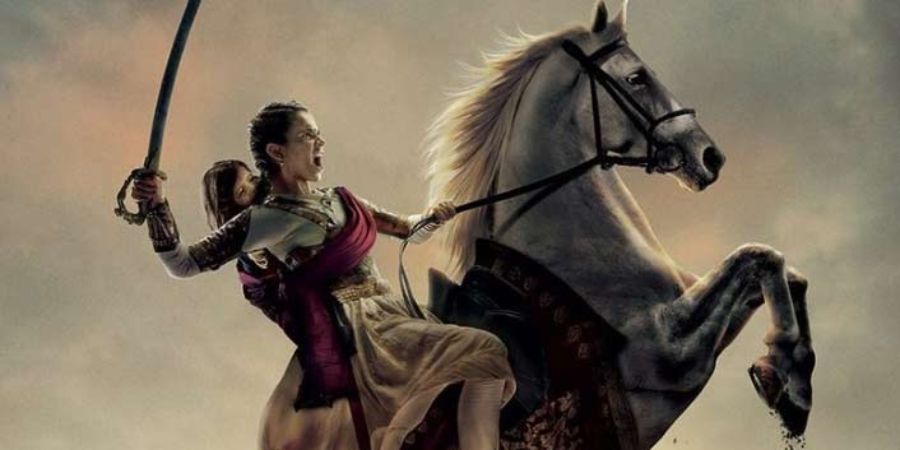

Lakshmibai, Queen Rani of Jhansi 19 November 1835 - 17 June 1858 known as Rani, was the queen of the Maratha-ruled state of Jhansi, one of the leading figures in the uprising of the people. India in 1857, and was a symbol of resistance against British rule in India. She entered Indian history as a legendary figure, dubbed the "Joan of Arc" of India. Her name is Manikarnika. Affectionately, his family members call him Manu. At the age of four, she lost her mother. As a result, the responsibility of raising him fell to his father. While pursuing her education, she also underwent formal martial arts training, including horseback riding, shooting, and fencing. For the full life story of Rani Laxmibai of Jhansi read
Kashi Varanasi in a Maharashtrian Karhade Brahmin family in Dwadashi, Satara District years old. She was educated at home. Her father Moropant Tambey worked at the court of Peshwa Baji Rao II at Bithur and then travelled to the court of Raja Gangadhar Rao Newalkar, the Maharaja of Jhansi, when Manu was thirteen years old. She was married to Gangadhar Rao, the Raja of Jhansi, at the age of 14.
During that period, Lord Dalhousie was the Governor General of British India. The adopted child was named Damodar Rao. As per the Hindu tradition, he was their legal heir. However, the British military leader refused to accept him as the rightful heir. In accordance with the forfeiture doctrine, Lord Dalhousie decided to capture the state of Jhansi. Rani Lakshmibai approached a British lawyer and consulted him. She then applied to have her case heard in London. But, his plea was denied. British authorities confiscated the state jewels. In addition, an order was passed asking Rani to leave Jhansi fort and move to Rani Mahal in Jhansi. Laxmibai staunchly defends the state Jhansi
After her marriage, she was named Lakshmi Bai. Due to her father's influence at the court, Rani Lakshmi Bai was more independent than most women, who were usually devoted to zenana:
she learned to defend herself, ride horses, shoot archery and even form an army. her own with her friends in court.
Rani Lakshmi Bai gave birth to a son in 1851, but the child died when he was about 4 months old. After their son's death, Raja and Rani of Jhansi adopted Damodar Rao. However, it is said that her husband, Raja, never recovered from his son's death and died on November 21, 1853 of a broken heart.
Because Damodar Rao was adopted and had no biological relation to Raja, the East India Company under Governor-General Lord Dalhousie was able to implement the doctrine of disenfranchisement, rejecting Rao's legitimate claims. for the golden throne. Dalhousie then annexed Jhansi, declaring the throne lapsed and thus placing Jhansi under his "protection". In March 1854, Rani received a pension of 60,000 rupees and was ordered to leave the palace at Jhansi Fort.
One of two large cannons on display at Jhansi Fort. This is the Bhavani Shankar cannon operated by Moti Bai.
Jhansi Ki Rani Lakshmibai




